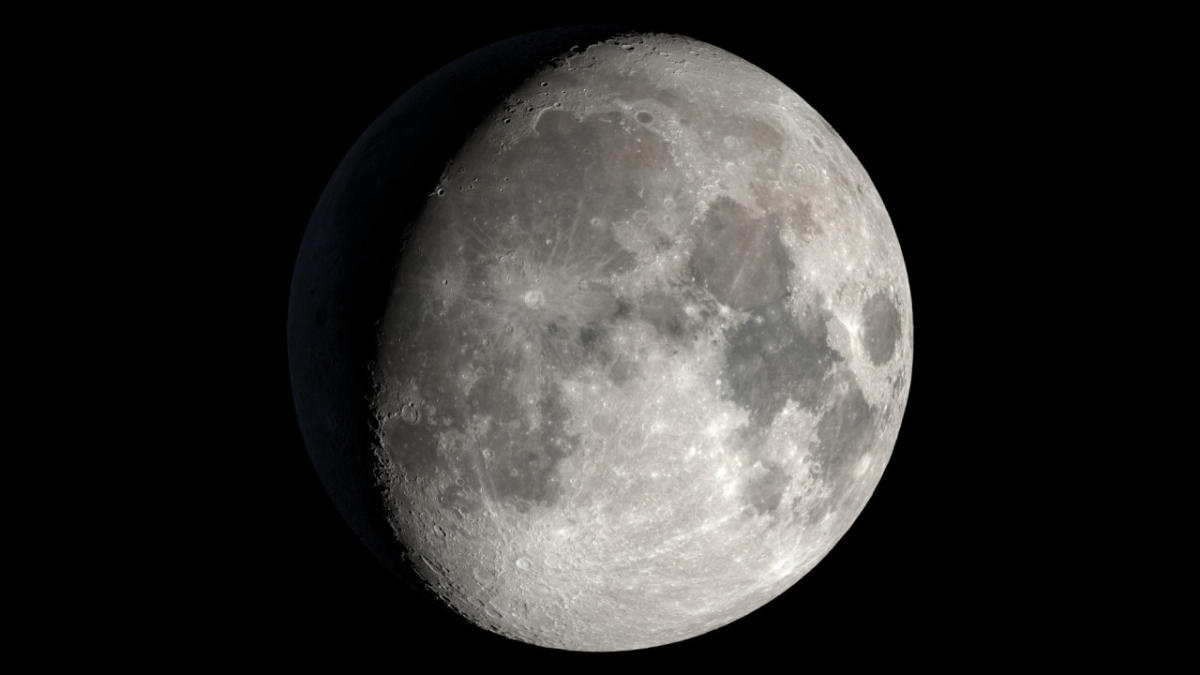International Observe the Moon Night is this weekend, and here are five ways to celebrate, regardless of where you are or the weather conditions occurring across your sky.
Back in 2009, NASA sent two robotic spacecraft to the Moon — the Lunar Reconnaissance Orbiter (LRO) and the Lunar Crater Observation and Sensing Satellite (LCROSS). Both would go on to fundamentally alter our perception and understanding of Earth’s celestial companion — LRO by providing constantly updating views of the entire lunar surface, and LCROSS by revealing the presence of water ice in craters at the lunar south pole.
Every year since then, we’ve celebrated International Observe the Moon Night. For the exact night, NASA chooses a Saturday when there is a Gibbous or Quarter Moon in the sky, in either September (when LRO officially entered service) or October (when LCROSS crashed into crater Cabeus near the Moon’s south pole). While Full Moons tend to attract more attention, Quarter and Gibbous phases of the Moon, when it is between 50 and 75 per cent illuminated, tend to offer up more opportunities to spot interesting features on its surface.

The Moon as it appears on Saturday, September 14, 2024. This composite image was assembled using data from the Lunar Reconnaissance Orbiter. (NASA’s Scientific Visualization Studio)
In 2024, International Observe the Moon Night takes place on Saturday, September 14, during the Waxing Gibbous phase, roughly three days before the Full Moon.
Five ways to observe the Moon
1. Turn your eyes to the sky!
You don’t need any special equipment to view the Moon. If your skies are at least reasonably clear, just go outside and look up!
The Moon will rise at around 6 p.m., regardless of what time zone you live in. If you look closely, you may even spot it in the sky before the Sun sets. The view will get even better as the sky darkens, though.
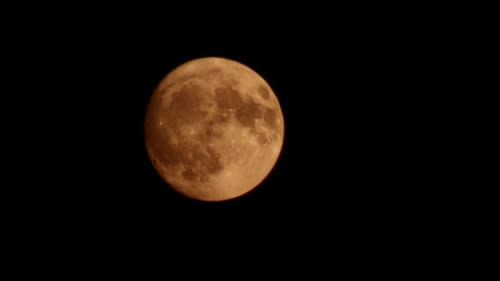

This picture of the August 21, 2024 Gibbous Moon was taken from Mascouche, QC. The Moon appears a dusky orange colour due to the atmosphere filtering out some of the Moon’s light, possibly due to wildfire smoke in the air. (Sofia Marquez/UGC)
For something a little ‘extra’, be sure to check out the Moon as it’s rising or setting, to experience the Moon Illusion!
READ MORE: What is the mysterious Moon Illusion?
2. Get a ‘close-up’ look!
If you have a pair of binoculars or a backyard telescope, this is an excellent time to get them out for a close look at the lunar surface.
There is plenty to see on the Moon, as there are millions of craters and other features. In particular, though, focus your attention on the line between day and night on the Moon’s surface.
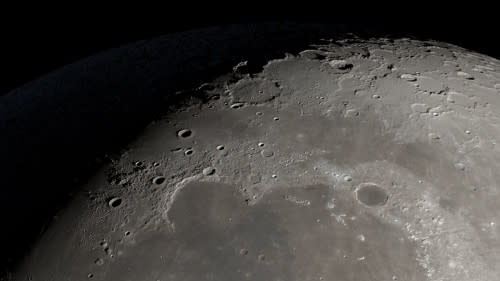

The region near the Moon’s north pole is shown in this image, during the Sep 14, 2024 Waxing Gibbous Moon, highlighting surface details along the ‘terminator’ between day and night. (NASA’s Scientific Visualization Studio)
The shadows cast on the day-side of that line can highlight some amazing things that we’d miss during any other of the Moon’s phases.
3. Explore it online
If the weather isn’t cooperating for you on Saturday night, NASA has plenty of resources for viewing the Moon right from the comfort of your living room, regardless of the sky conditions.
NASA’s Scientific Visualization Studio has an entire video gallery dedicated to Lunar Reconnaissance Orbiter views of the Moon.
Watch every phase of the Moon for 2024 in a video packed with science about how the Moon’s distance from Earth and the shape of its orbit change over time.
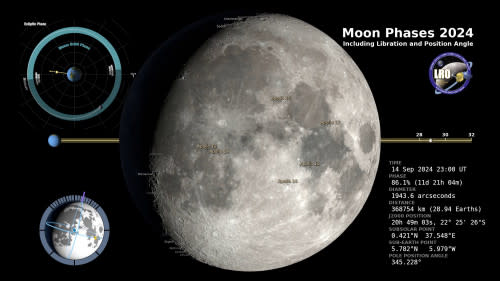

The phase of the Moon from September 14, 2024 is shown here, along with info on the Moon’s orbit, distance, and more. (NASA’s Scientific Visualization Studio)
See some of the amazing animations NASA scientists have made using LRO data from over the years.
Explore the lunar south pole, where Artemis astronauts will be landing in the years ahead.
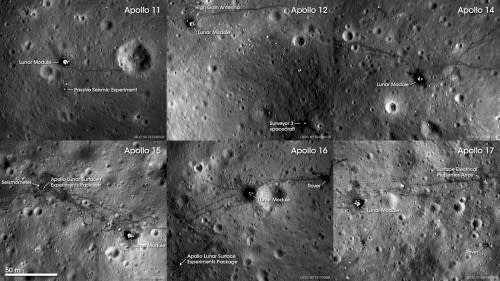

The landing sites of Apollo 11, 12, 14, 15, 16, and 17 are shown from above in this composite image from the Lunar Reconnaissance Orbiter. Each reveals some of the larger equipment left behind, but the most noticeable aspect are the tracks left behind by the astronauts and their lunar rovers. (NASA)
Or maybe check out LRO’s views of the six Apollo landing sites, as shown above.
You can even explore the entire surface of the Moon on your own time. Go wherever you want, zoom in as far as you’d like, to see features on the lunar surface that are impossible to view any other way from here on Earth.
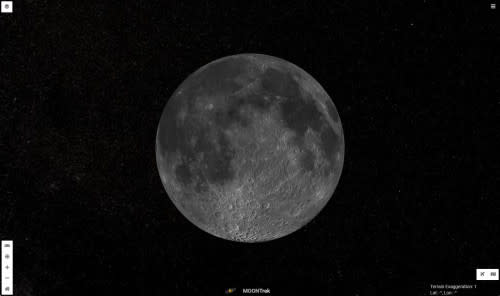

Once Moon Trek has loaded, use the controls at the bottom left of the screen to change to this 3D globe view, then rotate the Moon and zoom in on any features you’d like. (NASA)
Just go to NASA’s Moon Trek website to start!

